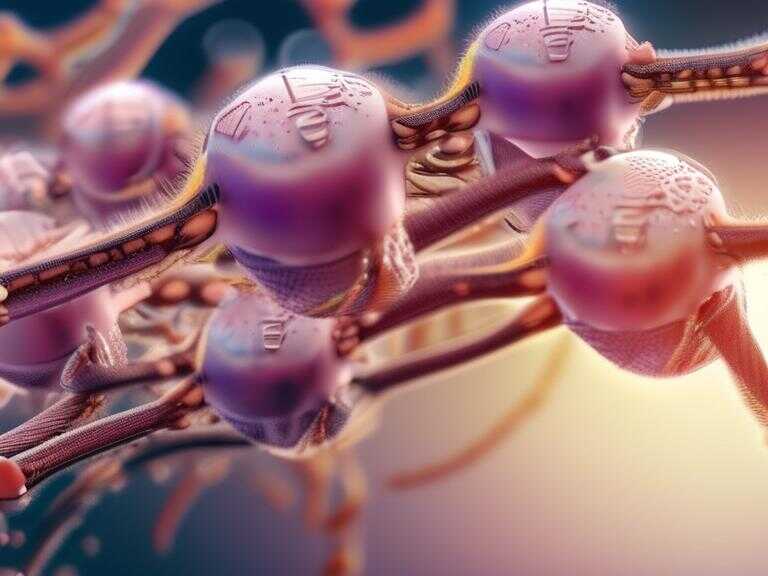
NASA InSight Reveals Vast Underground Water Reservoir on Mars, Potentially Supporting Life
Evidence of an underground water reservoir beneath Mars’ surface reveals potential implications for the planet's climate evolution and astrobiological prospects.

NASA's InSight lander has uncovered evidence of a significant underground reservoir of water deep within the Martian crust, according to new research based on data from a retired NASA mission. The team of scientists estimates that the water, trapped in the tiny cracks and pores of rock, may be enough to fill oceans on the planet's surface, covering Mars to a depth of up to a mile (1.6 kilometers). However, this groundwater is located between 7 and 12 miles (11.5 and 20 kilometers) beneath the surface, posing a significant challenge for future astronauts exploring the red planet.
The Geological Implications
The discovery reveals new details about the geological history of Mars and presents a potential location to search for life if accessible. The data, obtained from Nasa's InSight lander using a seismometer from 2018 to 2022, has shed light on the evolution of the planet's climate, surface, and interior, as well as the presence and quantity of water beneath the surface.
The Search for Lost Water on Mars
Researchers have long sought to understand what happened to the water on Mars after the planet lost its atmosphere over 3 billion years ago. While the polar ice caps contain frozen water, scientists believe this cannot account for all the planet's "lost" water. The new findings suggest that water on Mars filtered down into the Martian crust, potentially providing insights into the planet's climate and its capacity to support life.
Challenging Exploration Ahead
Accessing the underground water poses significant challenges for future astronauts on Mars. Drilling to depths of 7 to 12 miles (11.5 to 20 kilometers) would require substantial energy and infrastructure, making it a complex and resource-intensive endeavor. However, the discovery of this underground water reservoir opens new avenues for understanding the geological and astrobiological potential of the red planet, paving the way for future missions and explorations.
Scientific Significance and Future Prospects
The findings contribute to unlocking the evolution of Mars by aiding in the understanding of its water cycle and geological history. This research not only provides valuable insights into the planet's past, but it also holds implications for the potential habitability of the Martian subsurface, which could have significant astrobiological implications for future exploration and study of the red planet.
Share news















